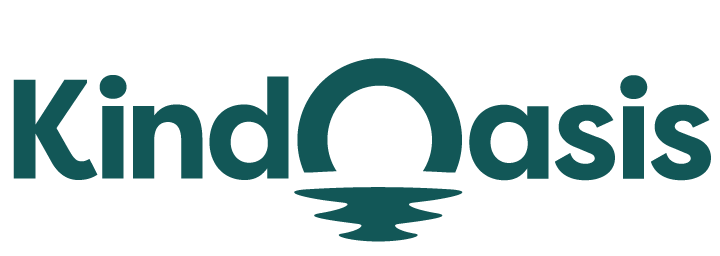What Are Key Performance Indicators For Chatbots?
Try AI ChatbotDiscover essential KPIs for chatbots to enhance performance, boost sales, and improve customer satisfaction.

Chatbots have become a crucial component in modern customer service and sales strategies. However, to ensure that your chatbot delivers value and meets your business objectives, it's essential to track and measure its performance using Key Performance Indicators (KPIs). This article explores the key KPIs for chatbots, especially in sales contexts, and provides practical insights for evaluating and improving chatbot effectiveness.
Understanding Chatbot KPIs
Key Performance Indicators (KPIs) for chatbots are metrics used to measure the effectiveness and efficiency of chatbot interactions. These KPIs help assess how well a chatbot performs its intended functions, whether it's enhancing customer service, boosting sales, or streamlining operations. By focusing on relevant KPIs, you can gain insights into the chatbot’s performance and identify areas for improvement.
Key Performance Indicators for Chatbots
1. Response Accuracy
One of the most critical KPIs is how accurately a chatbot responds to user queries. Response accuracy measures the percentage of correct and relevant answers provided by the chatbot. High accuracy indicates that the chatbot understands and processes user inputs effectively, leading to better user satisfaction.
For more on measuring chatbot accuracy, check out Inbenta’s guide on evaluating AI chatbot performance.
2. User Engagement Rate
User engagement rate measures the level of interaction users have with the chatbot. It includes metrics like the number of conversations started, the average duration of conversations, and the frequency of interactions. High engagement rates suggest that users find the chatbot helpful and are willing to interact with it frequently.
Explore Userlike’s blog on chatbot KPIs for more details on measuring user engagement.
3. Conversion Rate
For sales chatbots, conversion rate is a crucial KPI. It measures the percentage of users who complete a desired action, such as making a purchase or signing up for a service, after interacting with the chatbot. A high conversion rate indicates that the chatbot effectively guides users through the sales funnel.
Visit Tovie.ai’s blog on top metrics for measuring chatbot effectiveness for insights on tracking conversion rates.
4. Customer Satisfaction Score (CSAT)
Customer satisfaction score gauges how satisfied users are with their interactions with the chatbot. This KPI is typically measured through post-interaction surveys where users rate their experience. A high CSAT score reflects that the chatbot is meeting user expectations and providing valuable assistance.
Learn more about measuring customer satisfaction with chatbots on Visiativ’s blog.
5. Resolution Time
Resolution time measures how quickly the chatbot resolves user issues or answers queries. Short resolution times indicate that the chatbot is effective at addressing user needs promptly, which enhances user experience and efficiency.
6. Escalation Rate
The escalation rate tracks how often a chatbot needs to escalate issues to a human representative. A high escalation rate may suggest that the chatbot struggles with complex queries or lacks comprehensive information.
How VanChat Enhances Chatbot Performance
Incorporating advanced tools like VanChat can significantly impact your chatbot’s performance. VanChat is an AI-powered pre-sales chatbot designed to enhance the shopping experience and boost sales on Shopify. It accurately answers 97% of customer questions without human intervention, covering topics like product comparisons, order tracking, and sizing.
VanChat’s personalization capabilities offer tailored product recommendations based on user preferences and shopping habits. By analyzing behavior, purchase history, and chat logs, VanChat creates detailed user profiles, ensuring more accurate and satisfying interactions. Additionally, VanChat proactively engages users with timely discount reminders and product suggestions, driving sales and improving user satisfaction.
Conclusion
Tracking the right KPIs is essential for evaluating and improving your chatbot’s performance. Key metrics such as response accuracy, user engagement rate, conversion rate, customer satisfaction score, resolution time, and escalation rate provide valuable insights into your chatbot’s effectiveness. By focusing on these KPIs and leveraging tools like VanChat, you can enhance your chatbot’s performance, improve user experience, and drive sales.
For additional resources on chatbot performance and KPIs, explore the following links.





